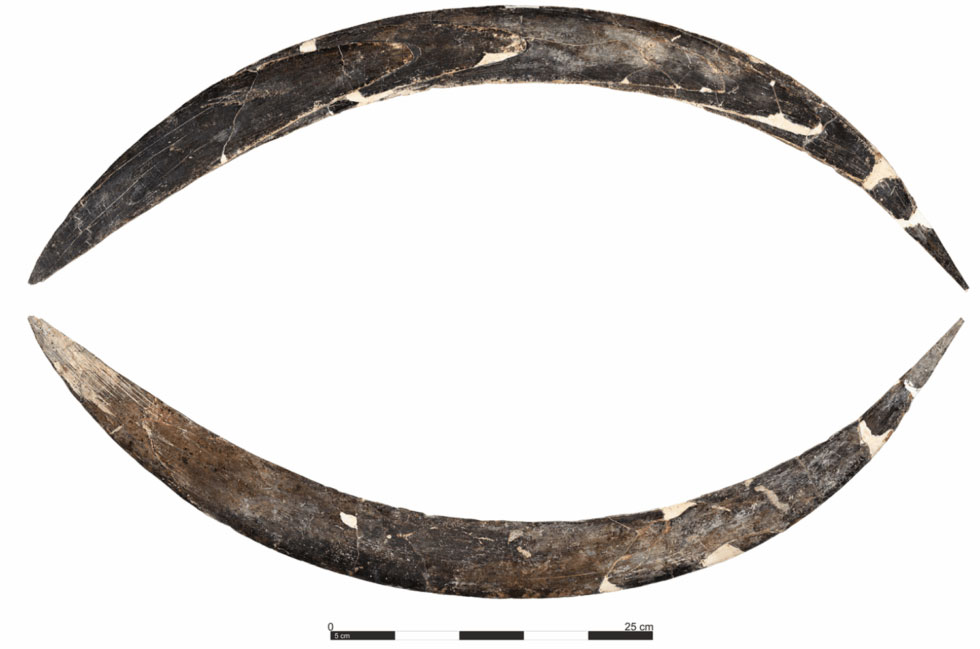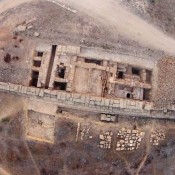A recent study has revealed that a boomerang discovered in Obłazowa Cave in southern Poland could be up to 42,000 years old, making it one of the oldest known boomerangs in the world and the oldest ever found in Europe.
Obłazowa Cave, located in the Małopolska region, is among Poland’s richest archaeological sites from the Ice Age. The boomerang was originally unearthed in 1985 by Paweł Valde-Nowak, an archaeology professor at Jagiellonian University in Kraków. It was initially linked to the Pavlovian culture, which existed between 30,000 and 23,000 years ago.
Even then, the find was considered the oldest known boomerang globally, a status recognized by Guinness World Records. However, a new international study published in the scientific journal PLOS One has dated the artifact to an even earlier period—between 42,000 and 39,000 years ago.
Previously, it was believed that Homo sapiens arrived in this part of Europe only around 35,000 years ago, leaving a presumed gap in human presence after the disappearance of Neanderthals. The new dating challenges that assumption, providing evidence that modern humans inhabited the region much earlier.
“It’s the oldest boomerang in the world, and the only one of this shape and size ever found in Poland,” said Dr. Sahra Talamo from the University of Bologna.
Valde-Nowak, who also contributed to the new research, told Nauka w Polsce that these findings call for a “major reinterpretation” of early human activity in the area. He described the period as an “explosion in human spiritual culture,” with people beginning to feel more deeply and express their emotions outwardly. While similar cultural developments have been documented in France, Spain, and Germany, “Obłazowa Cave remains the only such example in Polish territory from that time.”
Still, researchers are not certain whether the boomerang held symbolic or ritual meaning or was primarily a practical tool.
The study—funded by the European Research Council and Poland’s National Science Centre—highlights how early humans adapted to glacial conditions and affirms the critical role of Obłazowa Cave in tracing the origins of human culture in the region.





